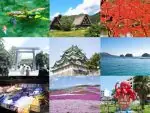Ise Jingu Shrine visit to go again. (Naiku edition)
Table of Contents
We visited Naiku (the inner shrine).

This is the Naiku and the main gate. After passing through the main gate, you will cross a bridge called "Uji Bridge" over the Isuzu River. This Uji Bridge is considered to be a bridge between the profane world and the divine world, and by crossing the bridge, you enter the divine realm.

The method of worship at the Geku and the Naiku is basically the same, but one should note that while the Geku is left-side oriented, the Naiku is right-side oriented.
Of course, the center of the approach to the shrine is considered to be the path of the gods, so walking is prohibited. A visit to the Naiku begins with bowing in front of the Uji Bridge, and crossing the Uji Bridge while feeling the changing seasons of the lush green Mt. Kamiji and Mt. Shimaji.

The Ise Jingu Shrine is relocated every 20 years (Shikine Sengu), but it is not only the main shrine that is relocated. The Uji Bridge is also replaced every 20 years. It is usually four years before the shrine is moved to a new location.
It's amazing that the bridge can be rebuilt.
Also, do you know what the pillar in the foreground is?
The pillars are called Kiyokegui, and their role is to protect the bridge by preventing driftwood flowing from upstream from hitting the piers of the Uji Bridge when the Isuzu River rises or floods.

The Isuzu River, also called "Mimosuzo River," is said to have been named for Yamatohime no Mikoto, who washed the hem of her imperial garments.
The river is so clear that you can feel your body and soul being purified just by looking at it.
If you go down the slope on the right side of the Naiku approach, you will find the Mitearaiba, where you can purify yourself in the same way as at the chozuya. When visiting the Naiku, be sure to purify your body and mind here before visiting.

One thing you should be careful about when visiting the Naiku is your clothing. When visiting the shrine, you can wear what you normally wear (however, refrain from wearing clothes that reveal too much). Since the entire precincts are covered with cobblestone, it is very difficult to walk if you are wearing heels or sandals.
The main shrine is farther than you might imagine, so please wear comfortable shoes when visiting.

After about 10 minutes of walking, we finally arrived at the main shrine. The official name is "Kodai Jingu". The enshrined deity enshrines Amaterasu Omikami, the ancestral deity of the imperial family and the great deity of the Japanese people.
Two thousand years ago, the Yata no Kagami, one of the three sacred objects handed down as a sign of the Imperial Throne, was enshrined in Ise as the deity, and the Ise faith, which worshipped it as the guardian deity of the nation, spread throughout the country from the late Heian period. Even today, Ise Shrine is still highly revered as the head shrine of all Shinto shrines in Japan.
The formal way of worshiping at Ise Jingu is the same as at regular shrines: two bows, two claps, one bow.
This is a place where you can express your gratitude to God, so please do not make personal requests.


After visiting the main shrine, go to Betsugu. On the way to Betsugu, a very large "Jingu cedar" is planted. This place is also known as a hidden power spot.

Everyone is stopping and touching the tree, making the surface slippery.

This is the Betsugu, Aramatsuri no Miya. It ranks first among the 10 Betsugu, which belongs to the Naiku, and the size of the hall is larger than the other Betsugu, and it is the second largest after the main shrine.
The enshrined deity is Amaterasu Omikami's Aramitama. The calm workings of God's soul are called "Nigimitama", while "Aramitama" refers to the rough side of God and is said to have tremendous power.
Personal wishes cannot be made at the main shrine, but it is said to be a good idea to make a specific wish here. If you have a strong wish, it may be a good idea to ask the gods to support you here.
Other shrines include Tsukiyomi no Miya, Takihara no Miya, Izawa no Miya, Kazahi no Minomiiya, Yamatohime no Miya, so please visit them as well.
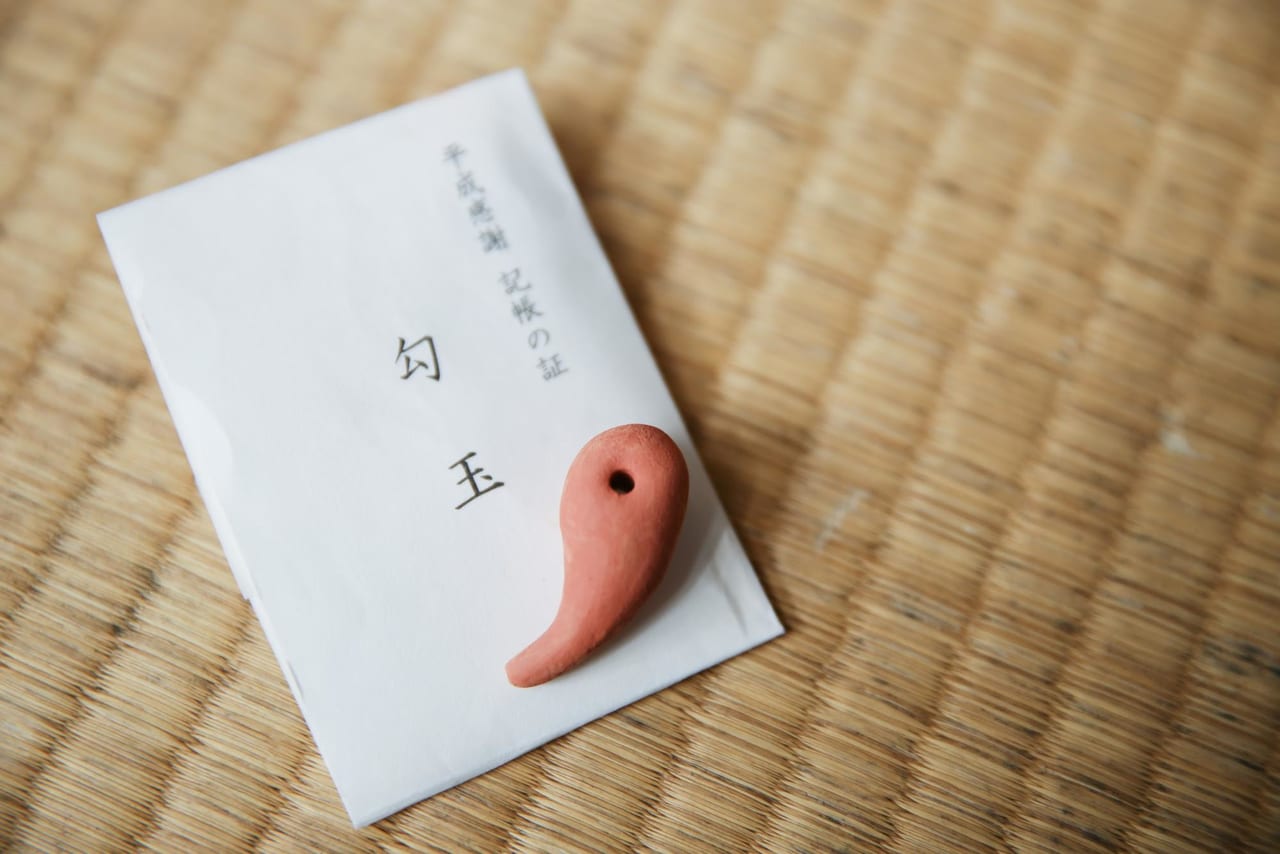
This time, the purpose of visiting Ise is this "magatama". Before the emperor abdicates on April 30, a registration office will be set up from April 1 in front of the Ise Jingu, which is related to the imperial family. From April 1st to 30th (closed from 16th to 18th), the registration office, which was set up to express gratitude for the Heisei Era, will issue a certificate to those who have registered their address and name in the tent in front of the Naiku. You can enjoy unglazed magatama made from Ise soil.
There was a line on this day as well, but since it was a weekday, we were able to register smoothly. In the last month of the Heisei era, which marks a milestone, we were able to go to the shrine and refresh our body and mind.
A new emperor will ascend to the throne and usher in a new era.
Please visit Ise Jingu to celebrate the new era "Reiwa"!



![[Tokai Area] Shrines and Temples](https://life-designs.jp/wp/wp-content/uploads/2022/03/4b6784b9a0a6f408160ee9c32a307138-1024x580.png)
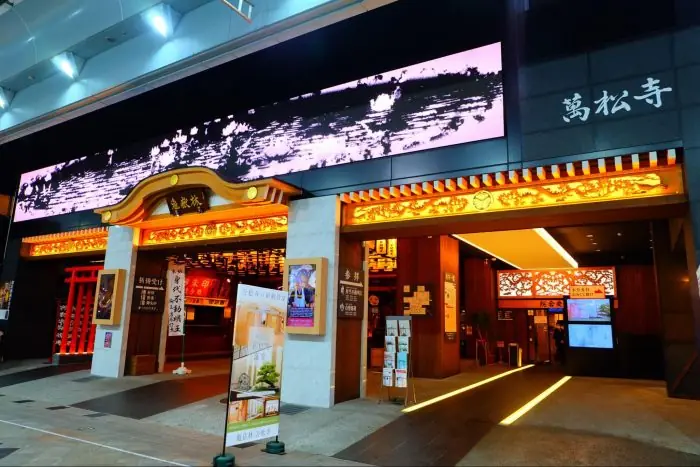
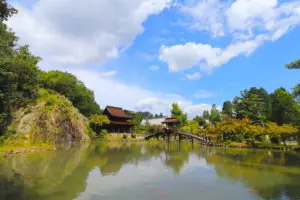
![[Nagoya City] Summary of shrines with blessings for academic success](https://life-designs.jp/wp/wp-content/uploads/2020/10/c1df0e9de51990db35ff44088bc4e046-300x200.jpg)
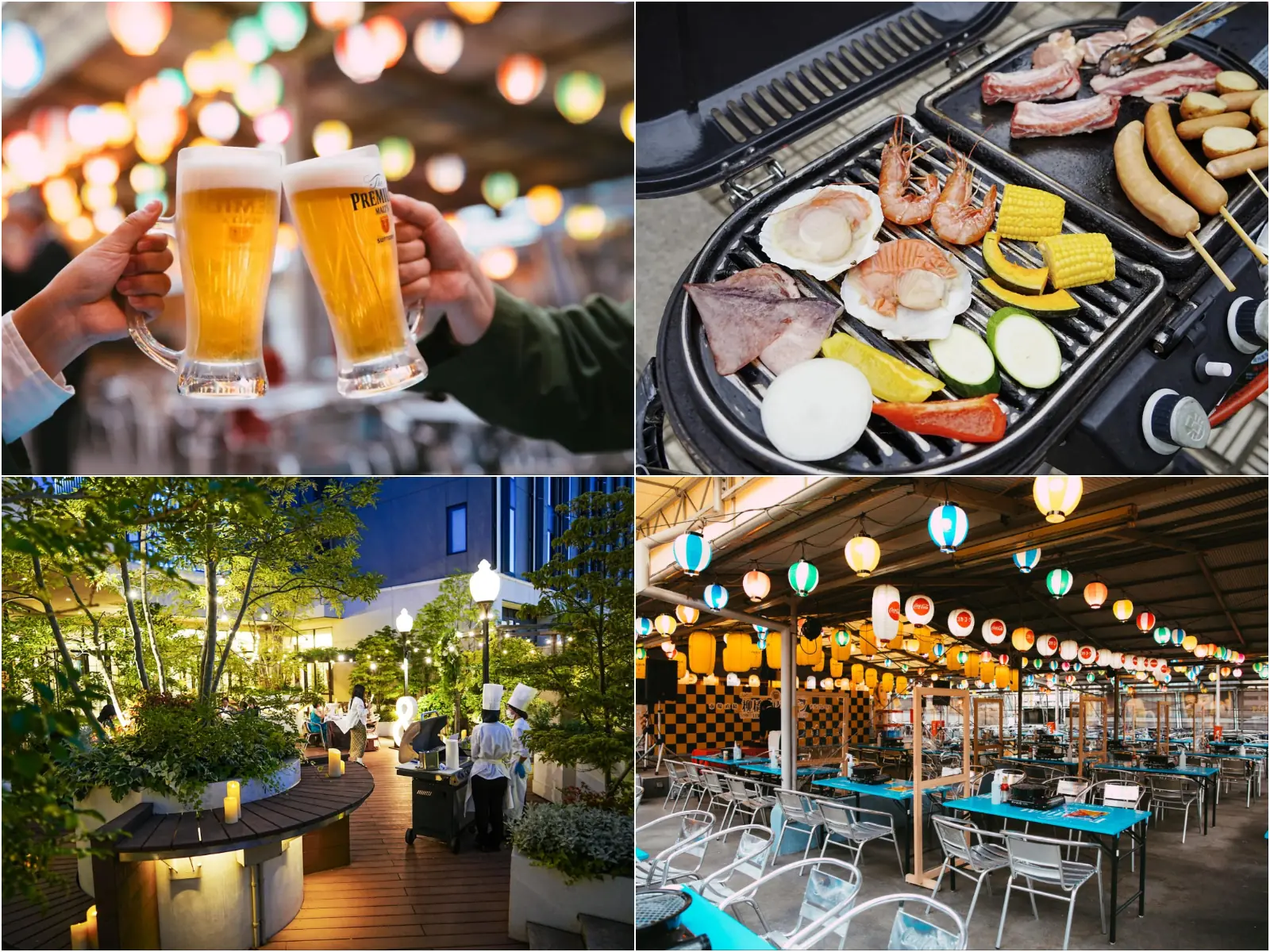
![[Indoor Facilities] Where to Go on Rainy Days in Tokai Area! For Family Outings!](https://life-designs.jp/wp/wp-content/uploads/2023/07/FotoJet-23.jpg)
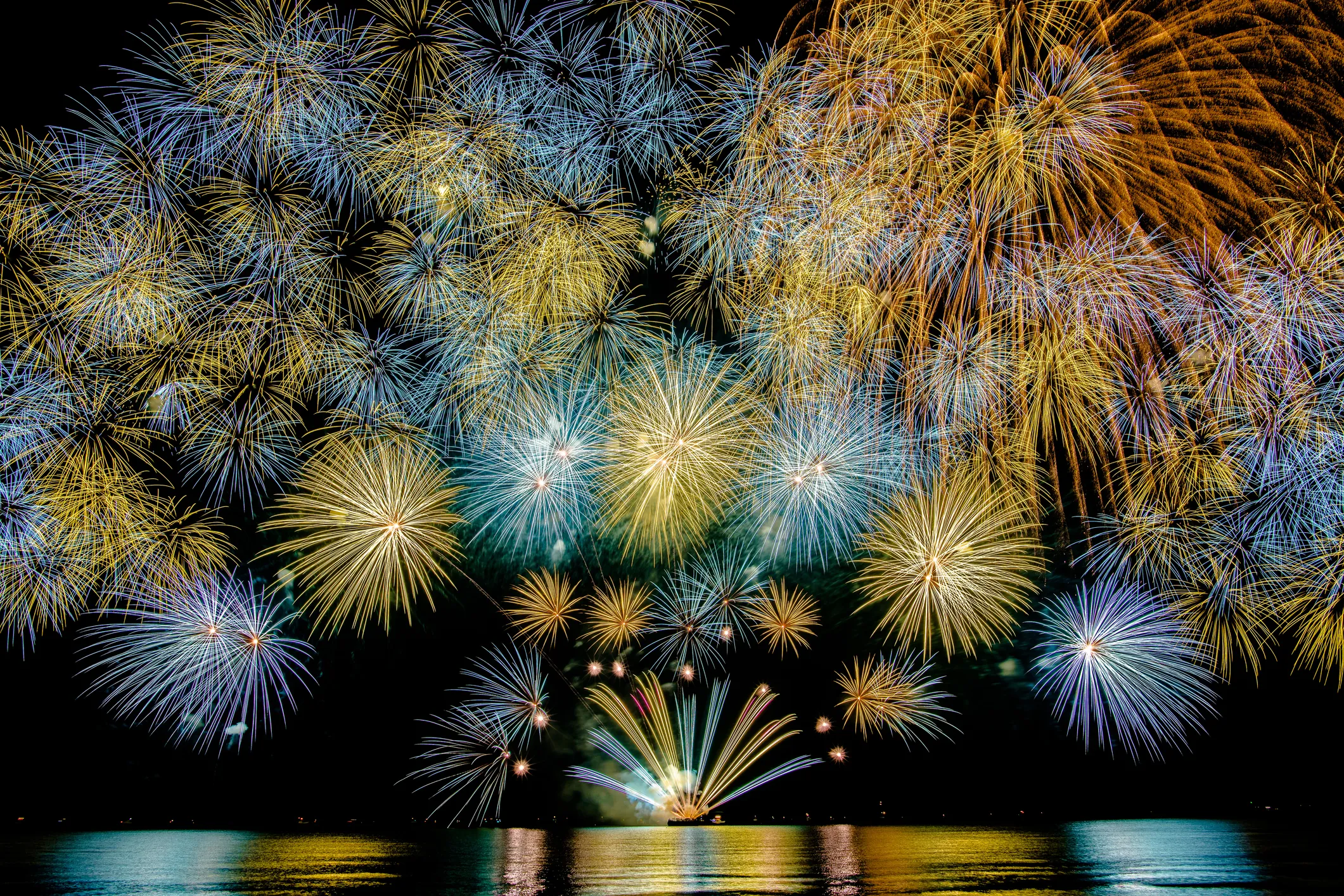
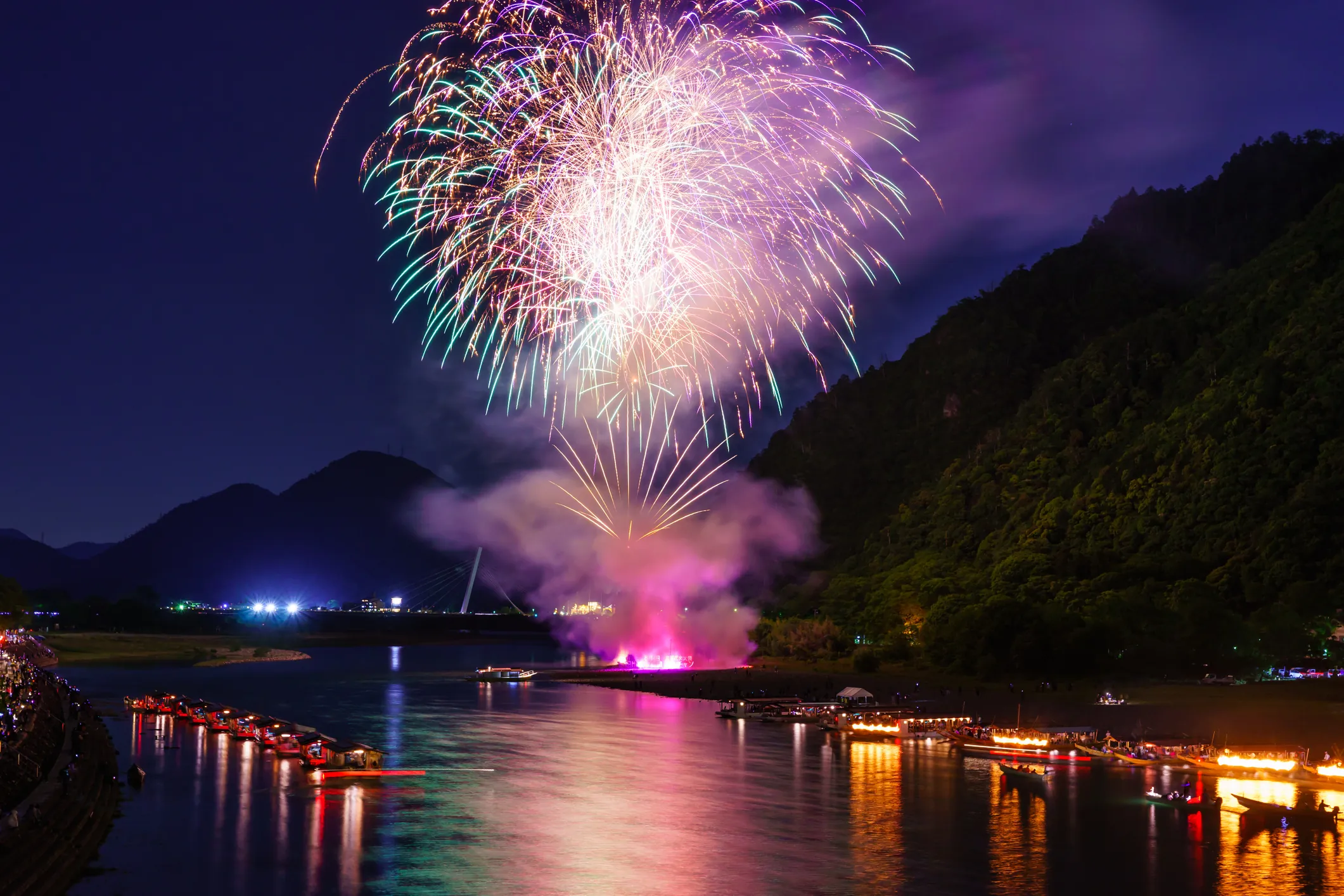

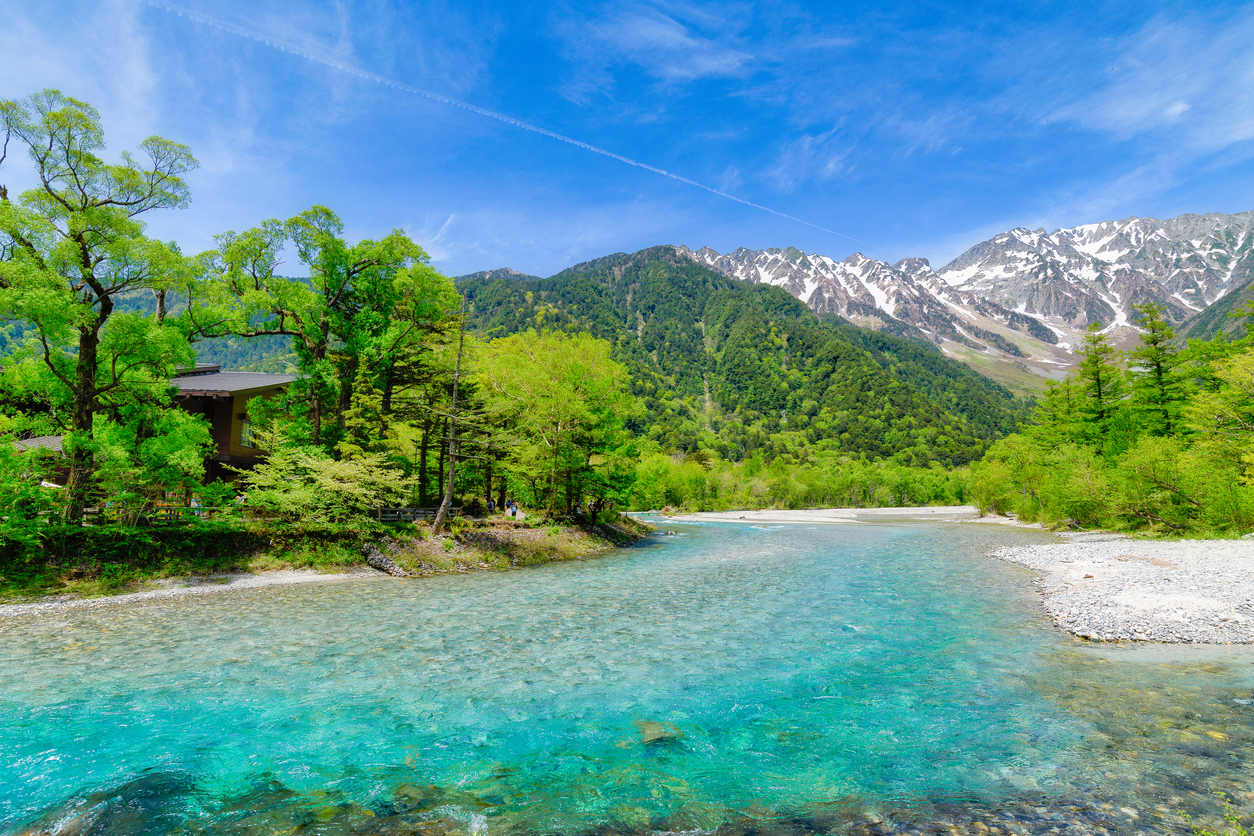
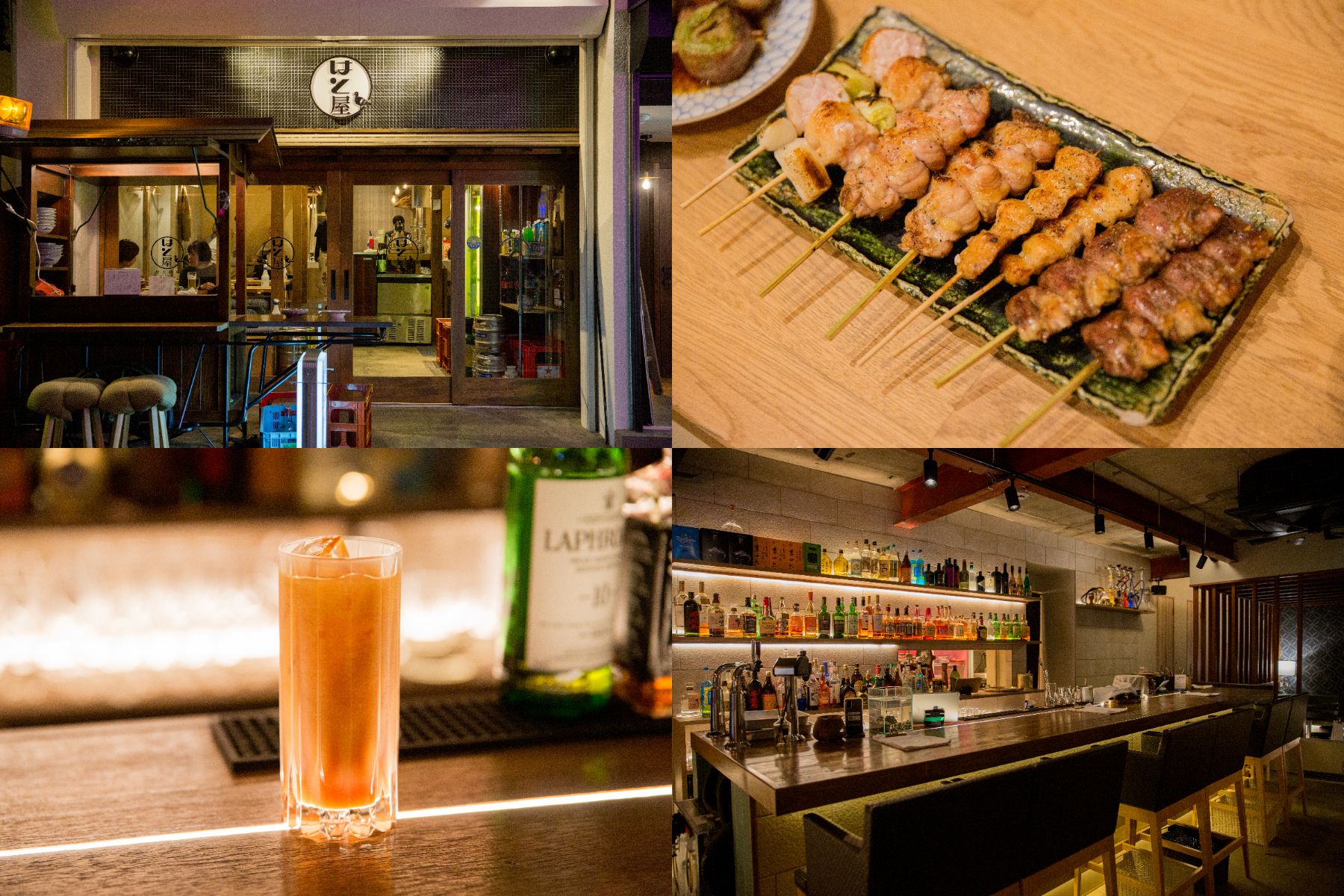
![[Sauna Specials] Feel Revitalized in Sauna!](https://life-designs.jp/wp/wp-content/uploads/2021/07/Sauna-768x435.jpg)
![[Tokai Area] Scenic Spots which You'll Never Forget](https://life-designs.jp/wp/wp-content/uploads/2019/12/LD_banner_w1920x1088_prospect-1-768x435.jpg)
![[Enjoy Kuwana! ] From Classic to the Latest Spots](https://life-designs.jp/wp/wp-content/uploads/2022/11/Kuwana_w1920x1088-1-1024x580.png)
![[Tokai Area] Place to Go on Rainy Days!](https://life-designs.jp/wp/wp-content/uploads/2022/03/f76405aaa33944a4ba88a131fbc56523-1024x580.png)
![[Special Feature] Enjoy Your Day at a Park!](https://life-designs.jp/wp/wp-content/uploads/2019/12/LD_banner_w1920x1088_park-1-1024x580.jpg)
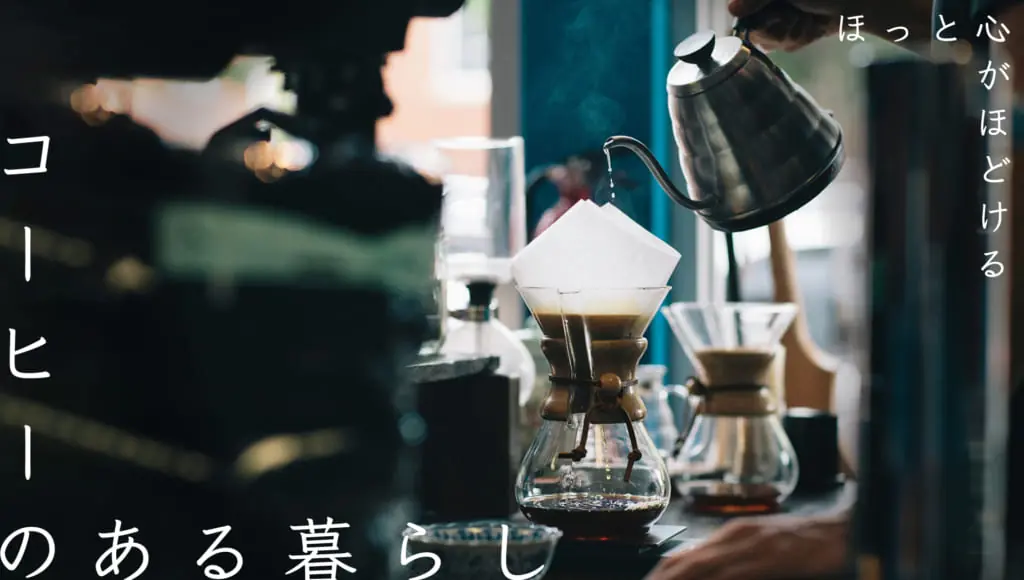
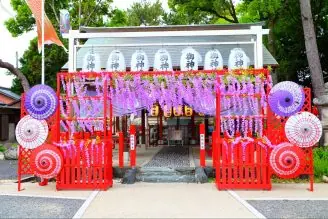
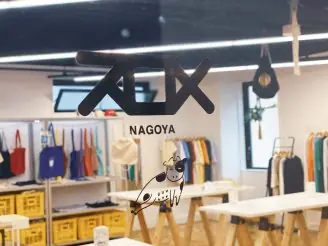
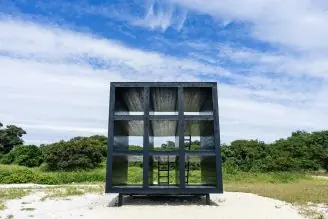
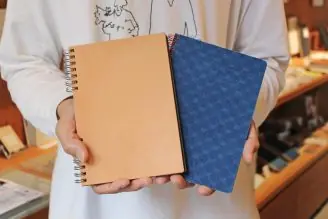
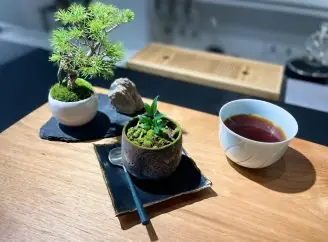
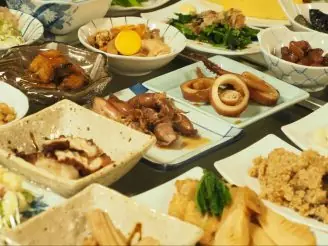
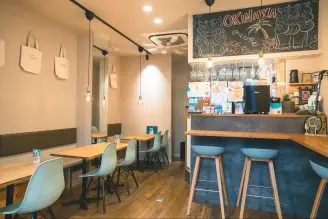


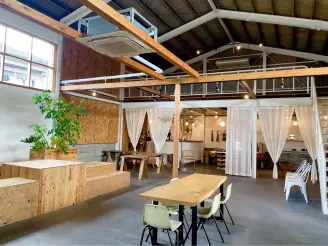
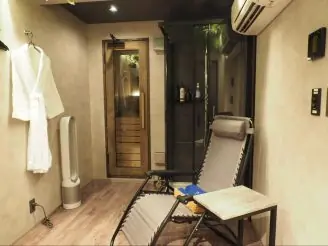
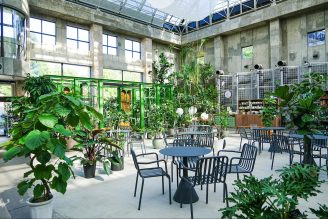
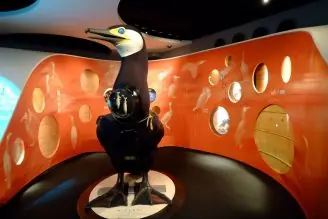
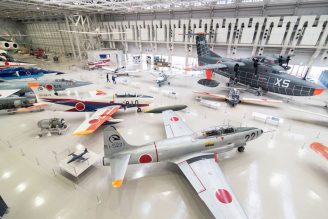
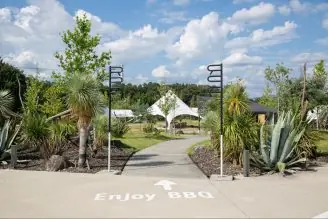
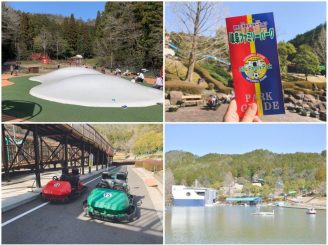




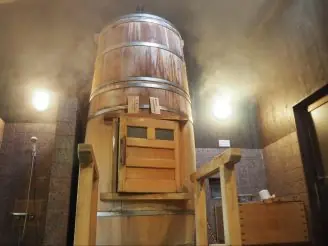

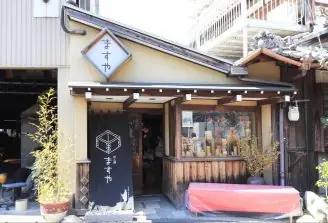
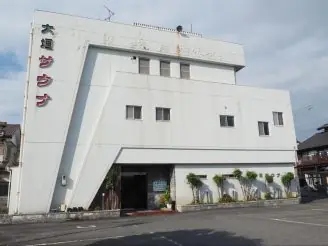
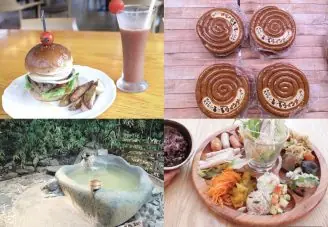

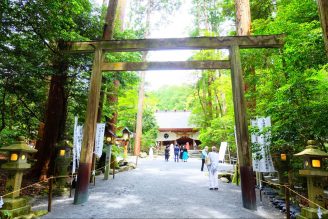
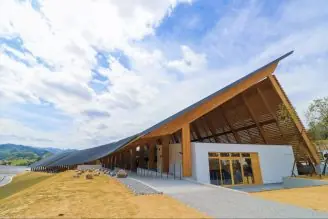
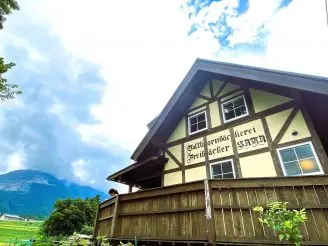
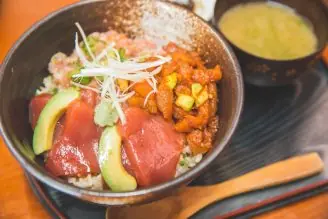
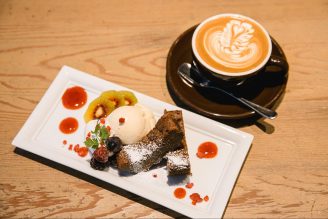
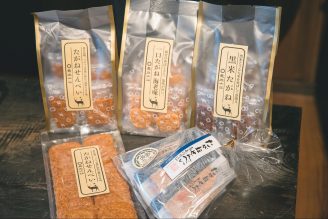
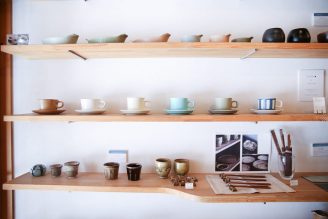

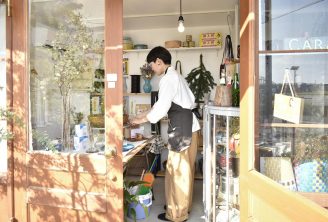
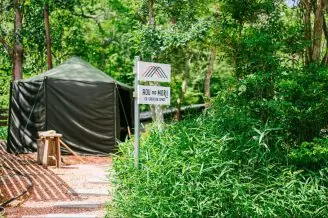
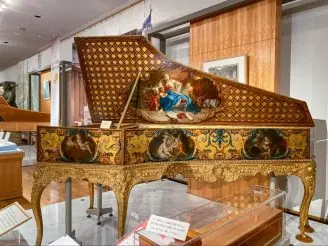
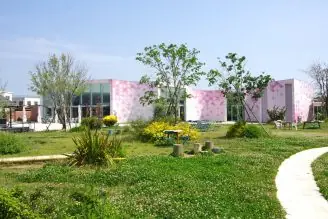
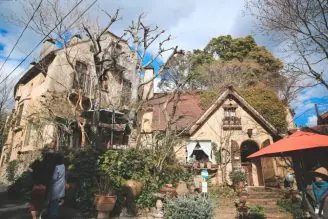
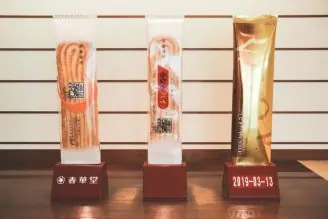

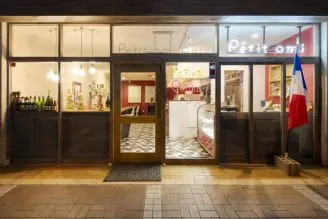
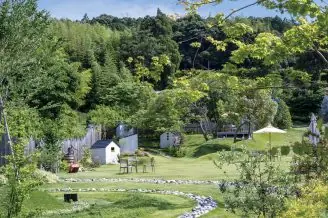

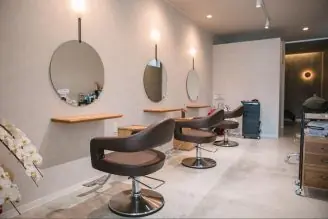

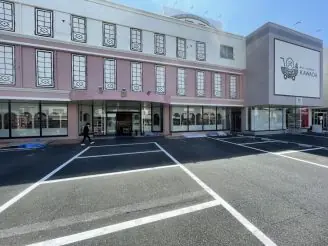
![[Indoor Facilities] Where to Go on Rainy Days in Tokai Area! For Family Outings!](https://life-designs.jp/wp/wp-content/uploads/2023/07/FotoJet-23-1024x768.jpg)
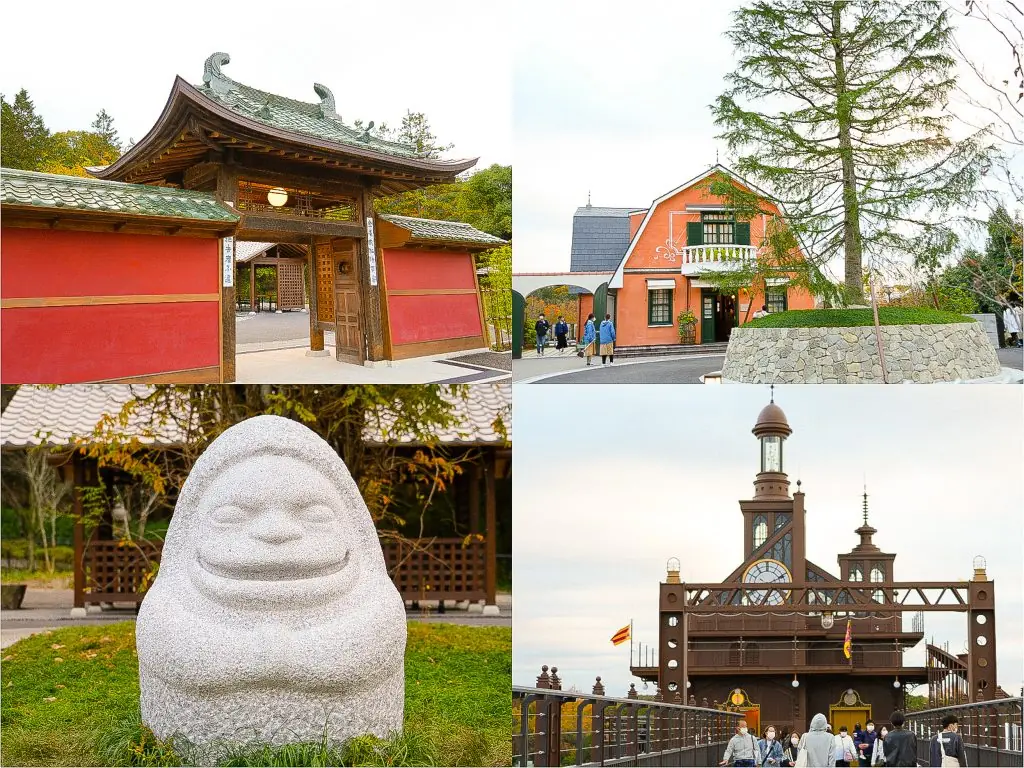
![[9 Selections] Summary of Retro Coffee Shops in Nagoya](https://life-designs.jp/wp/wp-content/uploads/2021/11/image1-30-1024x683.jpg)
![[Within 2hrs by Car] 12 Outing Areas where You can Go on a Day Trip from Nagoya!](https://life-designs.jp/wp/wp-content/uploads/2023/07/odekake12_w1200h900_20240422-768x576.png)
![[Aichi, Gifu, Mie] 30 Family-Friendly Spots to Go in Winter!](https://life-designs.jp/wp/wp-content/uploads/2019/12/image21-1-150x106.png)

![[1h by Car!] 14 Selections of Hot Springs & Public Baths near Nagoya](https://life-designs.jp/wp/wp-content/uploads/2019/11/image8-18-150x100.jpg)
